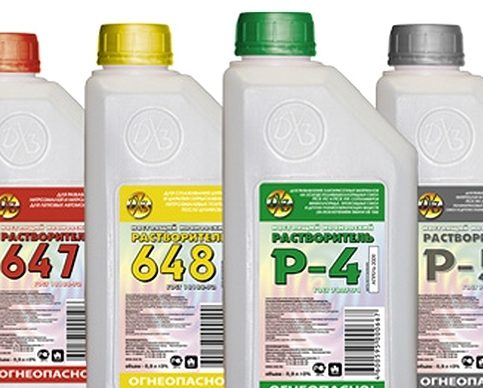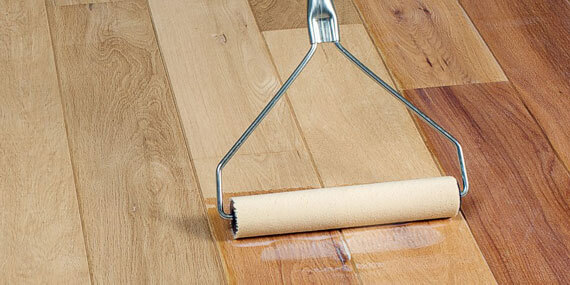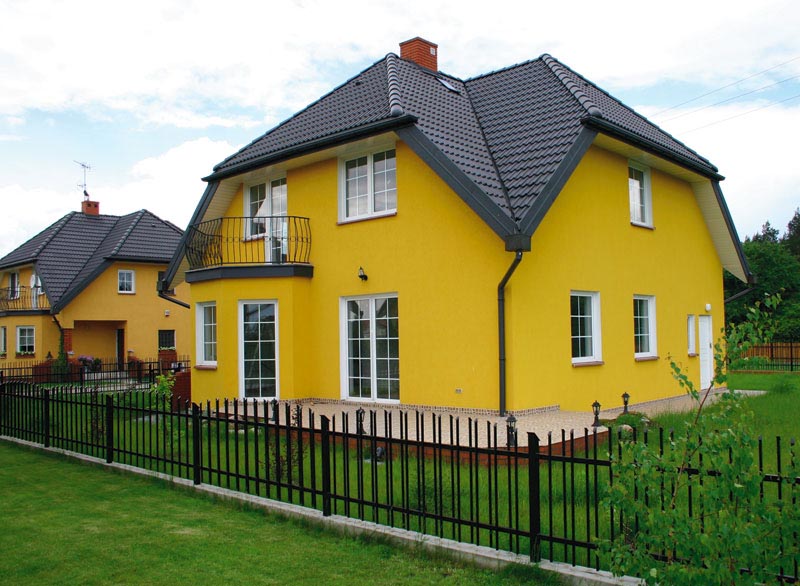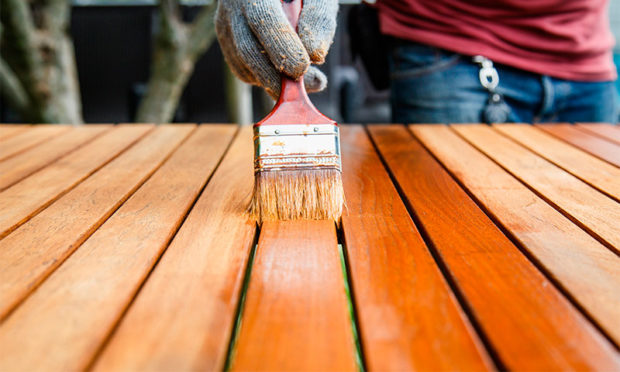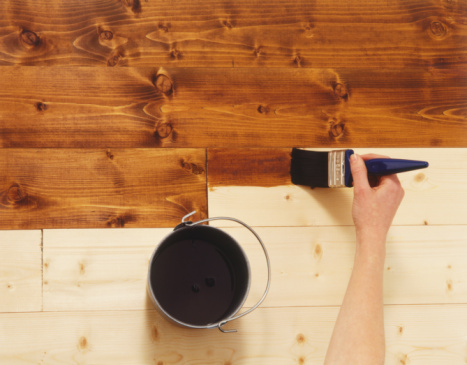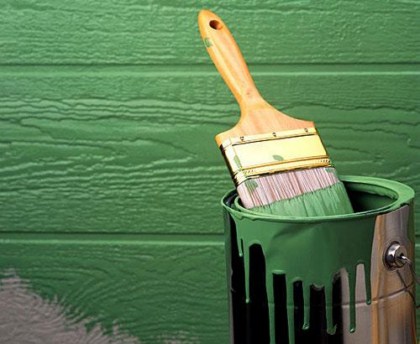Coloring of heating radiators: choice of paint preparation and performance of work
If earlier heating radiators almost always had a standard shape and white color, then on the modern market there is a fairly wide variety of coloring compositions, with which elements heating system can give any desired colorthat will allow fit them into the interior of the room.
Preparation of the surface of radiators for painting
Before proceeding with the choice of paint and its color, the surface of the radiators must be properly prepared to ensure the highest adhesion of the paint to the surface, which will ensure the durability of the applied coating. After all, the applied paint layer will be exposed to high temperatures and sharp temperature drops. And if the surface is not prepared correctly, then any paintwork very quickly begins to collapse and exfoliate.
Radiator surface need first clean dust and dirt thoroughly, eliminate existing defects, and also, if possible, grind (only cast-iron radiators must be polished, and aluminum or steel models cannot be exposed to it, since the enamel layer on their surface is small in thickness). After that, a layer is applied to the surface. primers.
Priming is a key step surface preparation, because it will act as a base for applying paint. Best for this purpose use alkyd based primer. Be sure to pay attention to the fact that the composition has anticorrosive properties, because otherwise the paint will be quickly destroyed due to the formation of foci of rust. You should also pay attention to the fact that the market is represented pigmented primers, which play the role of a primer and a coloring composition, and which will significantly simplify and speed up your work.
Choosing paint for radiators
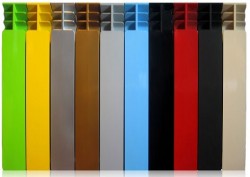 When choosing a paint for radiators, you should pay attention to its properties, because the composition you have chosen will be subject to aggressive conditions of use, and it must be resistant to their effects, otherwise it will not be able to serve for a sufficiently long period. When choosing should pay attention to such factors as its resistance to high temperatures and temperature extremes, moisture, as well as mechanical strength and resistance to mechanical shock.
When choosing a paint for radiators, you should pay attention to its properties, because the composition you have chosen will be subject to aggressive conditions of use, and it must be resistant to their effects, otherwise it will not be able to serve for a sufficiently long period. When choosing should pay attention to such factors as its resistance to high temperatures and temperature extremes, moisture, as well as mechanical strength and resistance to mechanical shock.
Previously, oil paints were most often used for this purpose, but recently, due to the presence of a number of shortcomings, a worthy alternative has appeared to them. it acrylic enamelbased on organic solvents alkyd-based enamels, and water-dispersed acrylic compositions. Each of the species has certain advantages and disadvantages, and each of them is well suited for solving the task.
Alkyd Enamels
Alkyd Enamels characterized by high strength and resistance to high temperaturesas well as uniformity of the application layer. However, after applying such material, a persistent chemical odor persists for several days. During the operation of the heating network, it can be amplified.
Water dispersion formulations
Water dispersible compositions are free from such a drawback as the pungent odor inherent in alkyd and acrylic enamels, because they are made on the basis of water and do not contain organic solventstherefore they are practically no smell. However, when choosing them, you should pay attention to there was a special mark on their packagingindicating that they are suitable for painting radiators and heating pipes. Such paint is easily applied to the surface and dries quickly.
Acrylic enamel
If we talk about acrylic enamels produced solvent basedthen they attach to any surface glossy gloss and any desired color, and also keep them for several decades. However, they, like alkyd enamels, have a pungent chemical smell.
When, how and how to apply paint
Remember that pipes can only be painted if heating system disabled, and their temperature is at room temperature. Also, before carrying out work, it is necessary to protect the floor covering from possible traces of paint on it. To do this, lay a layer of paper or old fabric under the radiator.
Direct application of paint can be carried out either with brushes with soft bristles of medium or small size, or with a spray gun, because only with the help of such tools you can achieve high-quality painting of all, even hard-to-reach surfaces. As a rule, the coloring composition is applied in two thin layers, which allows for perfect evenness and high strength of the paint layer.

